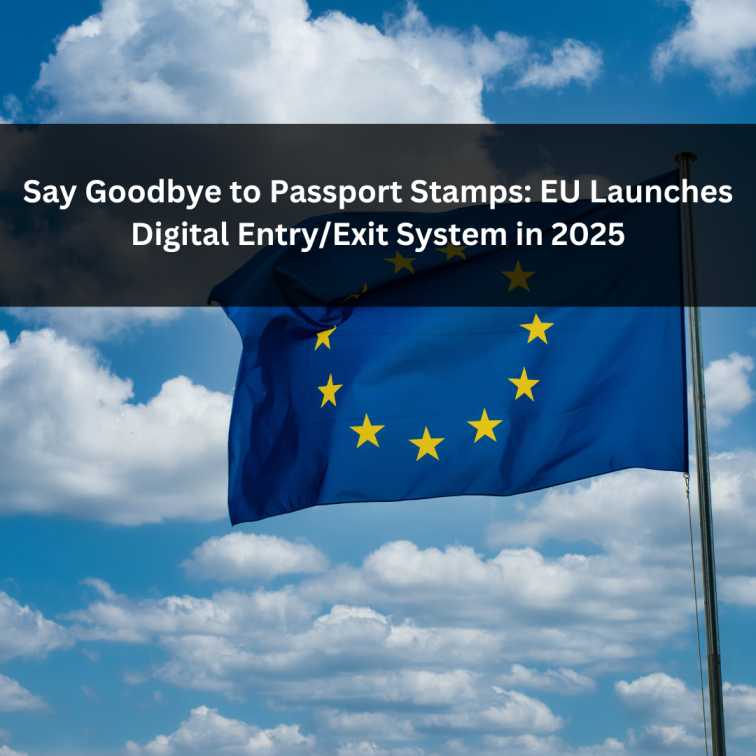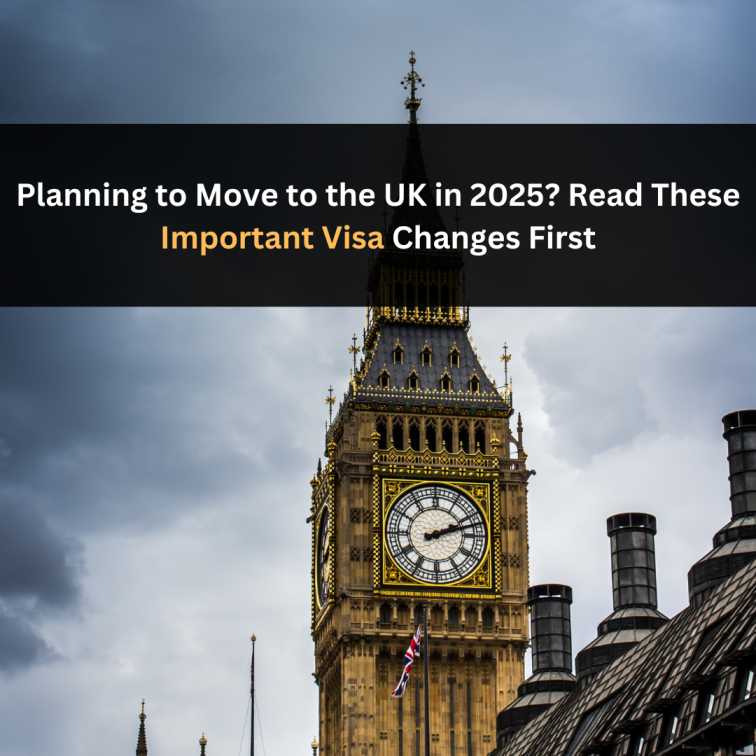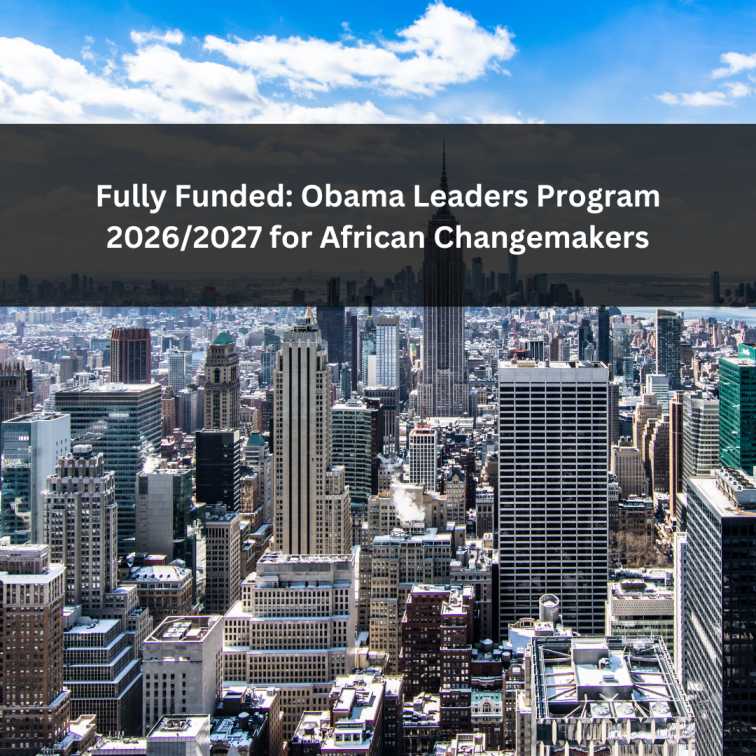
Starting in 2025, the European Union will begin rolling out its new Entry/Exit System (EES)—a revolutionary digital border control platform set to transform how non-EU citizens enter and exit the 29 Schengen countries. Say goodbye to manual passport stamps and hello to biometric e-gates that scan your fingerprints and face on arrival and departure.
This system will be phased in over six months, ensuring a smooth transition for border officials, tech teams, and international travellers alike.
What is the Entry/Exit System (EES)?
The EES is a high-tech solution aimed at replacing traditional passport stamps with digital records. It collects biometric data—specifically fingerprints and facial scans—of non-EU travellers entering or leaving the Schengen Area. This move will enhance border security, monitor overstays, and streamline the entry process over time.
Which Countries Are Affected?
The EES will apply to all 29 countries in the Schengen Zone, including:
- Most EU countries (excluding Ireland and Cyprus, which are not in Schengen)
- Non-EU members in the Schengen Agreement: Norway, Iceland, Liechtenstein, and Switzerland
If you’re a non-EU traveller, your short-stay visits will now be digitally tracked, especially in line with the 90-day rule within any 180-day period.
What Can Travellers Expect?
From 2025 onwards, non-EU travellers should prepare for:
- Biometric scanning (fingerprints + facial recognition) at e-gates
- No more passport stamps
- Extra time at borders during initial registration
- Faster re-entry in future visits after initial data is captured
Your first visit after the EES goes live may take longer than usual, so plan ahead, especially during peak travel times.
When Will It Take Effect?
The EES rollout begins in October 2025, with full implementation expected by March 2026. Although the EU has yet to announce a specific start date, travellers should expect the transition to begin in the latter part of 2025.
This gradual implementation is designed to prevent IT system overloads and ensure a seamless onboarding process for all users—travellers, airlines, and immigration authorities.
Final Tips for Travellers
- Stay updated with official EU announcements as rollout details are finalized.
- Arrive early at border checkpoints to account for potential delays.
- If you’re planning travel to Europe in late 2025 or early 2026, be aware of the new entry requirements and plan accordingly.
- Ensure your passport is valid and in good condition for biometric processing.
Check other opportunities:
- Finland Work Visa 2025: Everything You Need to Know About Moving and Working in Finland
- British Council 90th Anniversary Fellowship: A Year of Research in the UK (Fully Funded)
- Apply for Lee Kong Chian Fellowship 2025 | $3,500/Month + Free Accommodation in Singapore
- 10 Best Sweden Scholarships 2025-2026 | Fully Funded Study Opportunities
- Fully Funded Summer Programs in Japan 2025 – Open to All International Applicants
- Join the UN in Switzerland: UNITAR Traineeship 2025 with 900 CHF Monthly Stipend
- Flinders University AGRTP Scholarship 2026 in Australia – Fully Funded
- Global Youth MIDORI 2025 – Fully Funded Trip to Attend UN COP30 in Brazil!
- Apply Now: ICRC Traineeship 2026 in Switzerland – Earn €4200/Month!






